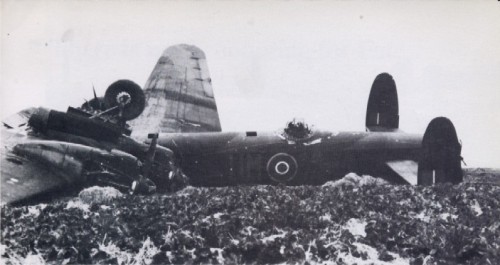Goose Fair always brought with it a host of what could be called “camp followers” who, to be honest, would probably have made their way to pretty well every large fair in the country.
Wandering the streets, therefore, were a good number of distinctively dressed gypsy women, who sold “tickling sticks”, bags of confetti, balls on elastic, ropes of beads and “monkeys on sticks”. All vital commodities in Victorian England!

The gypsy women were extremely popular as fortune tellers, and were always recognisable as such because they traditionally carried a linnet in a cage at the end of a long, thin staff.

And in this photograph of a gipsy woman, notice the boy’s funky pillbox hat. Eagerly, he ia waiting for the birth of Bob Dylan:

A linnet was chosen, incidentally, because:
“When finches come into our awareness, it is a sure sign of joy-filled, happy times ahead.”
I knew that.
Here are some “sundry sellers, who no doubt had access to their own private supplies of tickling sticks, bags of confetti, balls on elastic, ropes of beads and monkeys on sticks:

And at the other end of the spectrum, a little further away, on Upper Parliament Street, around the columns in front of the Theatre Royal, stood the “nymphs of fashion”.
Here are the columns of the Theatre Royal which is to the left of the now long demolished Empire Theatre :

The “nymphs of fashion” were what we would nowadays call prostitutes. They charged men for their sexual favours. Here’s one of the hottest, preparing to drive the young men wild, or perhaps straight to their doctor:

And here she is without her make-up. Surely, I’m not the only one who thinks that’s a man:

Setting aside for a moment the delights of these disease ridden lovelies, I investigated the attractions which appeared most frequently at Goose Fair around 1900. I discovered that, on Long Row, there was “Wadbrook’s Ghost Exhibition” with the celebrated “Pepper’s Illusion”. In front of the Exchange Building, Pat Collins had his roundabouts including his “Mountain Ponies”, his “Venetian Gala Gondolas” and his “Pneumatic Steam Bicycles”. There was “music produced by electricity on the latest musical instrument, the “Gaviolophone”, equivalent to a String Band of 60 performers, playing Opera, Classical and Popular Music.”
Incidentally, here’s Long Row to the north of the Old Market Square. The western end:

The central area:

And finally, the eastern end, with the incomparable Black Boy Hotel, which, during the Second World War, supplied all of the beds required for the sexual adventures of every single member of Bomber Command in all the RAF bases for fifty miles around:

There may well have been “Wadbrook’s Ghost Exhibition” with “Pepper’s Illusion”. There may well have been roundabouts such as the “Mountain Ponies”, the “Venetian Gala Gondolas” and the “Pneumatic Steam Bicycles”. Despite all of them, though, despite even the “Gaviolophone”, many people, and all the children, still liked to see a few exotic animals, no matter how moth eaten they might have appeared.
By 1898, Day’s “No 1 Royal Menagerie” had returned to the Market Square after a short absence. Day’s was “a Special Engagement of the Greatest Lion Tamers on Earth” with “Captain Laurance & Delvonico, The Lion Kings” (96 years before Disney!). There were “20 noble lions of all ages and sizes” who provided the members of “Delvonico’s Wrestling Lions”, “Delvonico’s Boxing Lions”, “The Clown Lions” and “A Lion in a Trance”. All of them were acts which had been “The Rage and Talk of Europe”, as was “The Daring Performance of Captain Laurance” along with “the only Real Original and Absolutely Untameable Lion Wallace”. Wallace had also appeared in 1896 and 1897. He doesn’t look very fierce in this photograph, though:

Among the animals were “Many Specimens of Birds, Beasts and Reptiles” some of which must have been stuffed, as there was actually a humming bird mentioned, a species which, even nowadays, cannot easily be kept in captivity. At the same time though, there was an elephant called “Elephant Jumbo” who was surely a live animal, as an elephant would be a bit of a nightmare for the taxidermist.
Overall, the proprietors of Day’s “No 1 Royal Menagerie” were happy to call themselves, “The People’s Show at the People’s Price”.
Slightly less exotic as animals were Mr Pat Collins’ “Giant Nottingham Geese, All Alive and Kicking”:
“For rollicking fun, there’s nothing to beat them
If you are “out for the night” don’t miss them;
And while you are there, try the razzle-dazzle cars
Drawn by ostriches, and spinning round at lightning speed.”
And the judges’ verdicts……….. “No rhyme and very little reason.”


























































 You can find the lyrics and a link to the video with the tune,
You can find the lyrics and a link to the video with the tune, 









